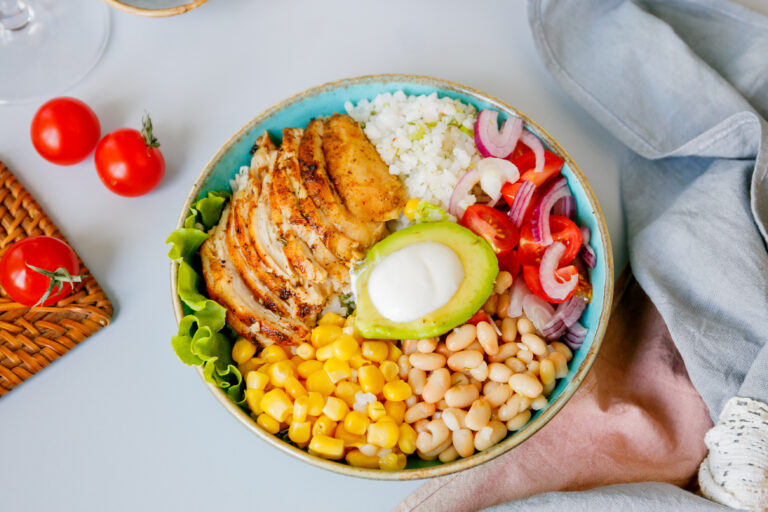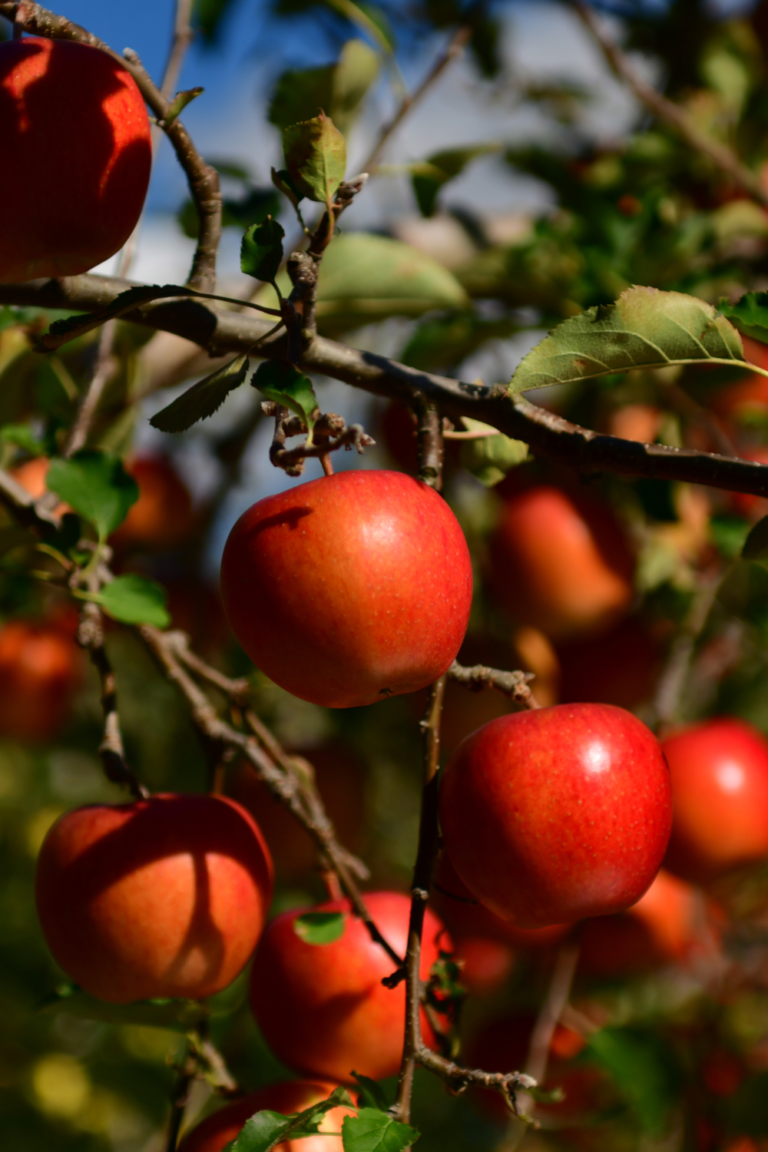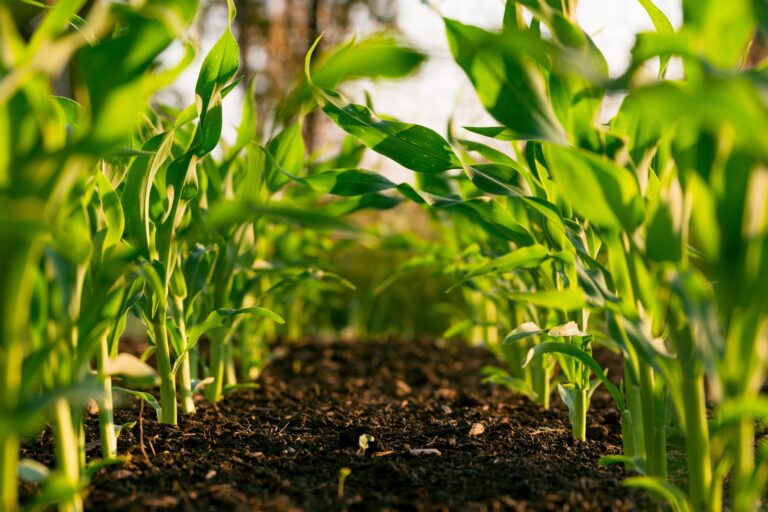How to Build a Compost Bin
This post may contain affiliate links. Read the full disclosure here.
Composting is a great way to reduce your environmental impact while also creating nutrient-rich soil for your garden. By composting, you can divert organic waste from the landfill and turn it into a valuable resource. Not only will you be helping the environment, but you’ll also be improving the quality of your soil. In this article, we’ll show you how to build a simple compost bin using common materials. Keep reading to learn how to build a compost bin!
What is Compost?
Compost is decomposed organic matter that can be used as a soil amendment or fertilizer. It is rich in nutrients and helps to improve the quality of your soil.
Some gardeners refer to compost as “black gold” because it is so beneficial to plants. As a fertilizer, it can help your plants to grow stronger and healthier.
Compost looks like dark, crumbly soil. It has a rich, earthy smell and is teeming with microorganisms. These microorganisms are responsible for the decomposition process.
How Compost is Made
Compost is made by breaking down organic matter, such as leaves, grass, and food scraps. This process is done by microorganisms, such as bacteria and fungi. The microorganisms break down the organic matter into simple nutrients that can be used by plants.
The composting process can be done in two ways: aerobic composting and anaerobic composting. Aerobic composting requires oxygen to break down the organic matter. Anaerobic composting does not require oxygen, but it takes longer for the organic matter to break down.
How to Build a Compost Bin
There are a few different types of compost bins, so building your own varies as far as the process and the materials you’ll need. Here are a few types of compost bins you can build:
How to Build a Tumbling Compost Bin
Building a tumbling compost bin involves a little more work at first, but it makes turning your compost much easier in the long run.
To build a tumbling compost bin, you’ll need:
- 1 50-gallon food grade drum
- (4) 3’ 2x4s
- (4) 5’ 2x4s
- (2) 2’ 2x4s
- Drill
- Decking screws
- 4 stationary caster wheels
To build it,
- Using 2 of the 3′ boards, form a cross by placing one of the boards over the other to make an X.
- Screw the boards together securely.
- Use the other 2 3′ boards to make a second, identical cross.
- Attach the crosses so that they are parallel by using the 5′ boards to connect the corners.
- Then attach the 2′ boards to one side of the frame in the center of the 5′ boards.
- After, attach to casters to each side of the frame so that they’re secured to each end of the 2′ boards and the 5′ board underneath.
- Drill holes all over the drum.
- Cut a small “door” on one side of the drum where you can add compostable materials.
- Place the drum on the frame so that it’s sitting atop the casters. Add compostable materials and water immediately so the weight will keep the drum in place.
How to Build a Compost Bin Out of a Tote
If you want a compost bin that’s easy to move, you can build one out of a tote. This is a great option if you don’t have a lot of space or if you are a renter. It’s small enough that it’s easy to move if you live somewhere else.
All you have to do to make a compost bin out of a tote is to drill some holes in the tote for aeration. Then, you can fill it with your compost ingredients and let the microorganisms do their work!
Totes are usually made out of plastic, so they’re not the most environmentally-friendly option. However, if you use a tote that you already have, you’ll be putting it to good use.
How to Build a Straw Bale Compost Bin
One of the simplest compost bin you can make is out of straw bales. This method doesn’t require special tools or supplies, just a few bales of straw.
To build a straw bale compost bin, you’ll simply arrange the straw bales in a rectangle or square and then tie them together with string or twine. You can also use chicken wire or hardware cloth to keep the bales together if you want them to be more secure.
How to Start Your Compost Bin
Once you’ve built your bin, you’ll need to add a layer of compostable material, such as leaves, grass, or food scraps. You can also add a layer of manure to help speed up the composting process.
Once you’ve added your materials, you’ll need to water the bin so that it’s moist but not wet. The moisture is necessary for the microorganisms to break down the organic matter.
How to Maintain Your Compost Bin
You’ll need to add water to your compost bin every few weeks. The amount of water will depend on the size of your bin and the climate. You’ll know when to water your compost bin when the material starts to look dry.
You should also add organic matter to your compost bin on a regular basis. This can be done by adding kitchen scraps, garden waste, or leaves. The amount of organic matter you’ll need to add will depend on the size of your bin.
As the compost breaks down, you’ll need to turn it occasionally. This can be done with a pitchfork or other tool. Turning the compost helps to aerate it and speeds up the decomposition process.
What Can I Compost?
There are all sorts of household items that can be composted. Here are a few examples:
- Food scraps
- Coffee grounds
- Tea leaves
- Eggshells
- Fruit and vegetable peels
- Grass clippings
- Leaves
- Wood chips
What Can’t I Compost?
There are certain things you should never add to your compost, as they can attract pests or slow down the decomposition process.
- Meat
- Bones
- Dairy Products
- Oils
- Pet Waste
Adding Compost to Your Garden
Depending on how you care for your compost bin, you could have finished compost within 6 to 12 weeks. The time will depend on the size of your bin, the amount of organic matter you add, and the frequency of turning.
If you take a more hands-off approach, it may take a year to have compost that’s ready to add to your garden.
To know if your compost is ready, it should be dark and crumbly. If it’s still mostly green and hasn’t broken down much, it needs more time.
Once your compost is ready, you can add it to your garden beds. It’s a great way to give your plants a boost of nutrients and help them grow. Simply spread it around your plants and dig it into the soil. You can also use it as a top dressing or mulch.
Making your own compost is simple once you get the process started. By composting, you’re not only helping the environment, but you’re also saving money on fertilizer and soil amendments. So get started today and see how easy it is to make your own compost.
Photo by Edward Howell on Unsplash
See our Airstream Remodel Reveal here!








